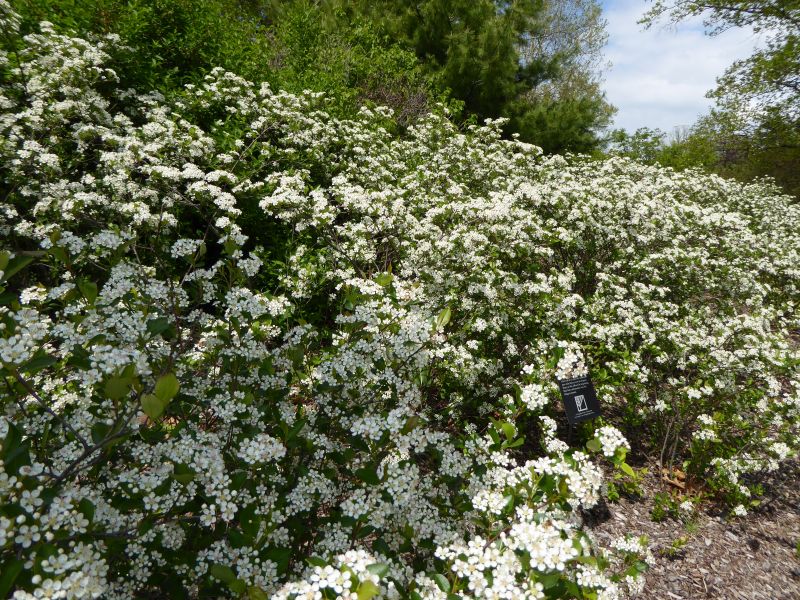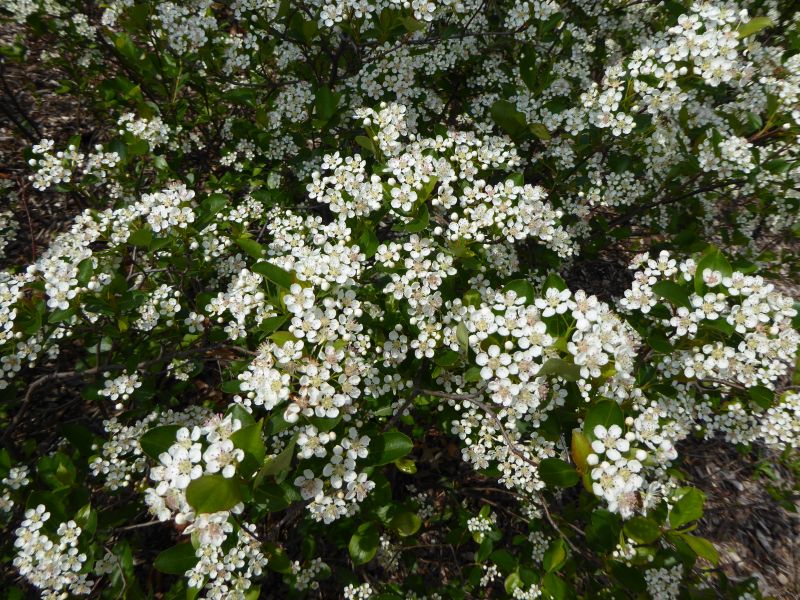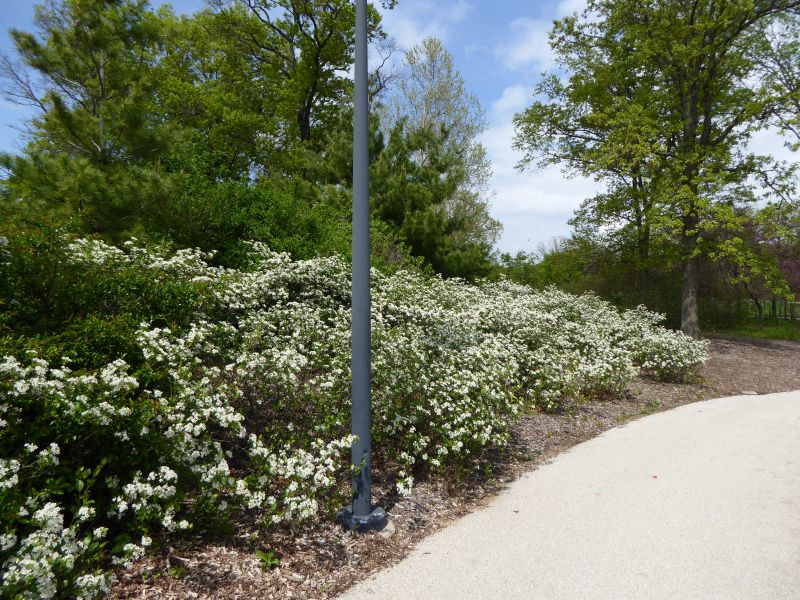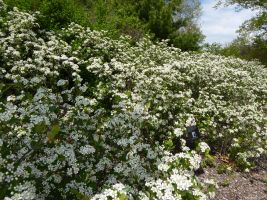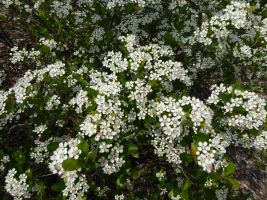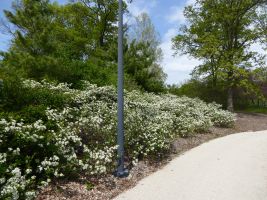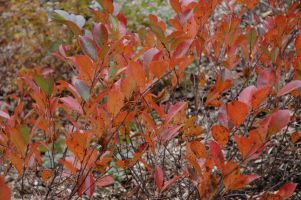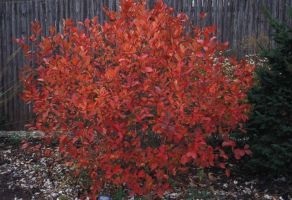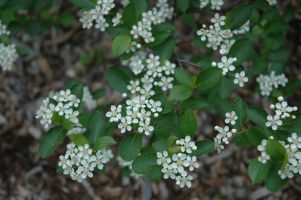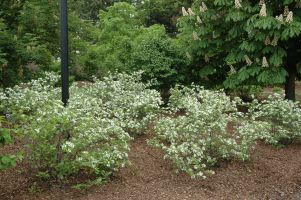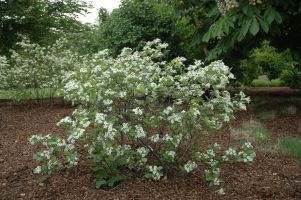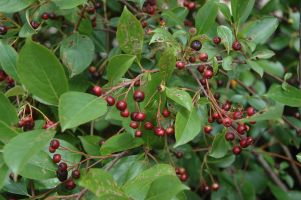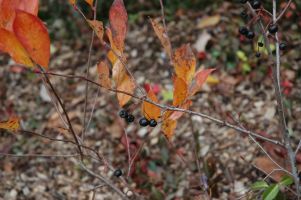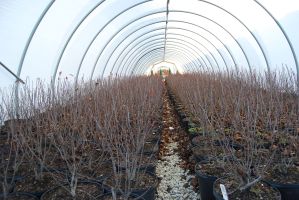Aronia melanocarpa Iroquois Beauty™
Unique, compact habit and four seasons of interest.
Iroquois Beauty™ is a multi-stemmed, deciduous shrub selected for its unique compact, non-leggy habit, showy display of small white flower clusters, glossy foliage, abundant production of black fruit, and attractive orange to deep red fall foliage. It establishes quickly and slowly forms colonies via root suckers. Flowers: Showy 2-inch-wide clusters of small white flowers are produced in early to mid-May. The flowers resemble other members of the rose family such as several Cotoneaster species and Pyracantha coccinea. Foliage: Lustrous dark green foliage remains clean and disease-free all summer, turning an attractive orange to deep red in fall. Best fall color develops on plants sited in full sunlight. Fruit: Black to purplish-black, 1/3-inch berrylike fruits are borne in slightly pendulous clusters. The fruit can persist until late fall/early winter, although native birds can consume the majority of the fruit earlier. The compact form and relatively small size of Iroquois Beauty™ make it suitable for a number of landscape uses. It blends effectively in a foundation planting as well as in a shrub border. The small scale makes it useful in transitioning between perennials to larger-scale shrubs. It blends extremely well in the naturalistic landscape or woodland garden. The fruit is a good food source for wildlife.
Who Am I?
-
Common Name:Iroquois Beauty chokeberry
-
Botanical Name:Aronia melanocarpa 'Morton'
-
Type:Shrub
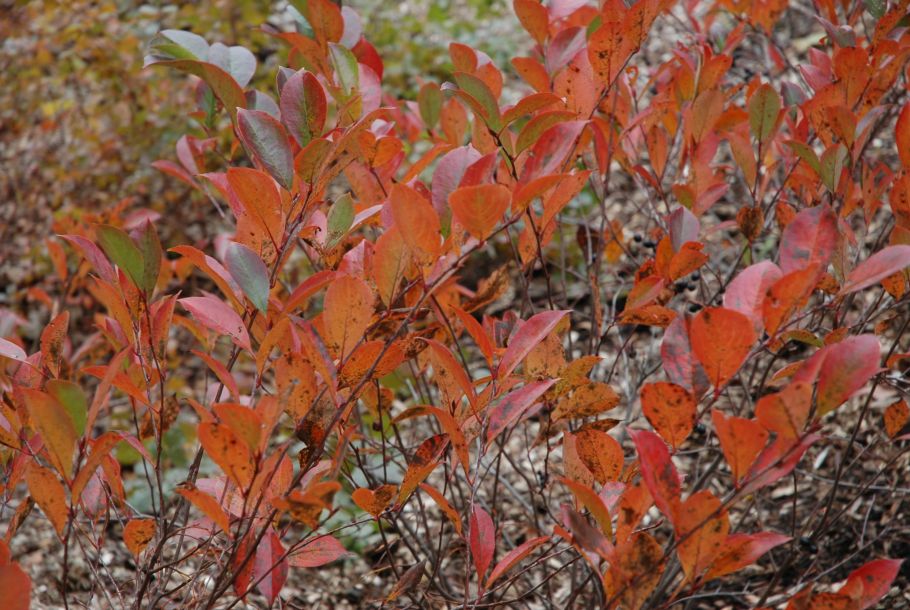
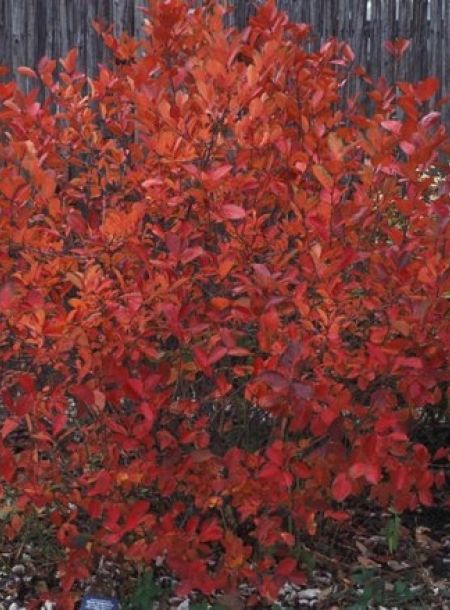
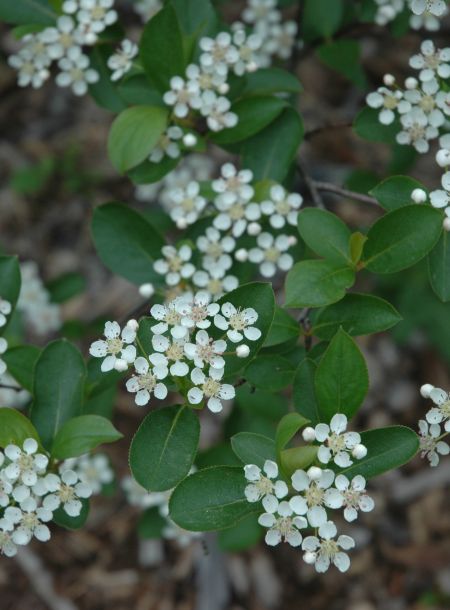
Cultural Details
TYPE
-
Light:Full sun to partial shade
-
Soil:Adaptable to a variety of conditions
-
Moisture:Wet to dry soil conditions
-
Hardiness Zone3-8
-
Bloom Time:Spring
-
Bloom Color:White
-
Fruit TimeFall
-
Fruit ColorBlack
-
Fruit FlavorTart
-
Size:3' tall by 5' wide
-
Diseases & Pests:None known
What Makes Me Special?
Landscape Use
Origin
Iroquois Beauty™ is a selection from the collections at The Morton Arboretum, Lisle, Illinois. It originated from seed collected in a bog habitat in Kane County, Illinois.
